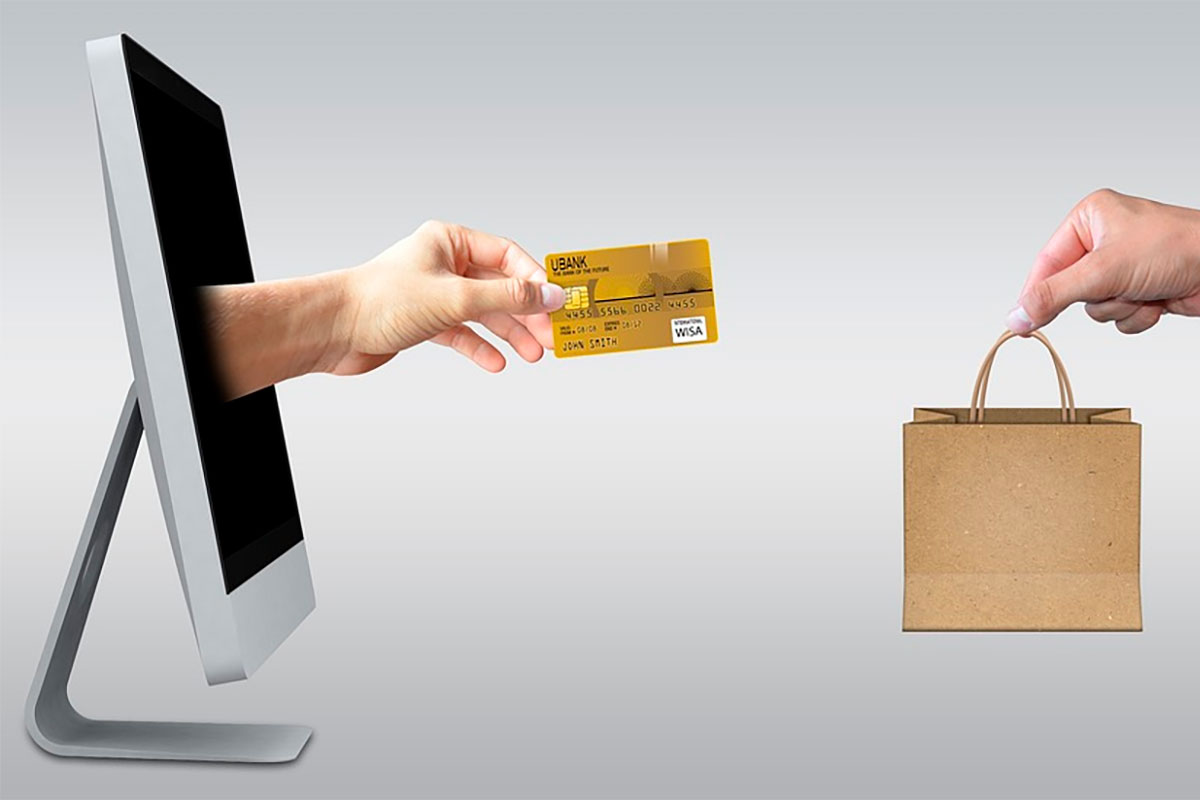Businesses are digitising processes in various ways. Even payment methods are receiving an upgrade.

Source: pixabay.com
The world of digital payments can be wrapped up in unfortunate conspiracies, but they aren’t worth listening to. The bottom line is that these options come with many benefits, providing a more convenient service for customers and a fresh appeal for often struggling brick-and-mortar businesses.
Digital payment systems can vary. If you want to develop your own for your company, you’ll adopt a series of precise measures. We’ve listed what they are for you below for your convenience.
Define The Digital Payment System
As previously mentioned, digital payment systems come in various forms. Each one is different from the next.
Start by acutely defining what you wish to achieve with your digital payment system. There are many processes to account for, including the following:
- Which security systems you’ll include in your digital payments system. You may wish to incorporate fraud detection software, user authentication measures (i.e. facial recognition and voice ID), or multi-layered encryption measures.
- Which currencies and payment methods you’ll choose to be compatible with your digital payment system. Are you striving for a global appeal, or are there some territories you’d rather not work with because of their political and human rights records? What about things like cryptocurrency, or credit cards?
- The range of devices you wish to be compatible with your digital payment system. In theory, iPhones, regular computers, and tablet devices could all access your tech, opening your solutions to a larger audience.
- The payment gateway system you’ll use. These are the services that you entrust to process the digital payments made on your system.
As you can see, there’s much to think about behind the scenes. You’re not just making a nice product but something that protects users’ safety and is hopefully rather inclusive. Subtle parts of your plan can change through the development period, but having a few hard-fast principles to stick by is essential.
Consult IT Support
IT support can play a crucial role in developing your digital payment system. Find a great service and regularly ask for their input.
Get a no-obligation quote from Totality Services, as they’re available to offer guidance every day at any time and are fully accredited in their field. They have numerous positive client testimonials for their tailored, end-to-end IT support services. Their ultimate aim is to ensure that you benefit from the latest tech advances there are, and they can be a long-term partner as your firm evolves.
IT support can benefit your digital payment system in many ways. They can:
- Help you build the digital payment system from the ground up – Guidance on frameworks, databases, and programming languages may be available. There may also be support for backend systems, consumer data storage, and data privacy measures.
- Provide security and troubleshooting assurances – They can monitor transactions, oversee encryption needs, and quickly resolve problems in any software and hardware you’re using to power the digital payment system.
- Oversee maintenance requirements – The software behind your digital payment system will need to be looked after indefinitely. Everything will function as it should with an IT specialist’s input, as they’ll run routine tests throughout the software’s lifecycle.
- Advise on making strategic upgrades – You should keep an open mind about improving your digital payment system with new features and capabilities over time. IT support will give you a feasible way to approach every change.
IT support can be the backbone of your entire project. They’ll turn your aspirations into a reality and advise you on best practices for developing your digital payment system.
Create A Simple User Interface
Digital payment systems have to be used by as many people as possible. The more complex they appear to be, the more you isolate users from your offerings.
In 2021, it was reported that one in five older people relied on cash for everyday spending. Not all people of this demographic were willing to take up digital payments. Of course, that’s their right, and you can’t convince everybody. Still, a simple user interface will ensure that you persuade at least some hesitant individuals to give your digital payment system a go.
Present only a handful of options so the interface isn’t cluttered and confusing. Make the fonts and size of the text clear and easy to read by all. Reduce the amount of graphics and animations you’re using, if any. Everything should be easy to access, especially as using a digital payment system is supposed to be quick and convenient.
You’ll also need to ensure these qualities translate across different devices. Whether customers are on their smartphones or home computers, everything should be simple to use.
Conclusion
Developing a digital payment system is a multi-step process that perhaps shouldn’t be a solo endeavour. There are intricacies to consider from the start, but support is available to help you understand it all and make steady progress. Keep your users in mind, make things straightforward where you can, and you should create a digital payment tool that can be helpful for all to use.









